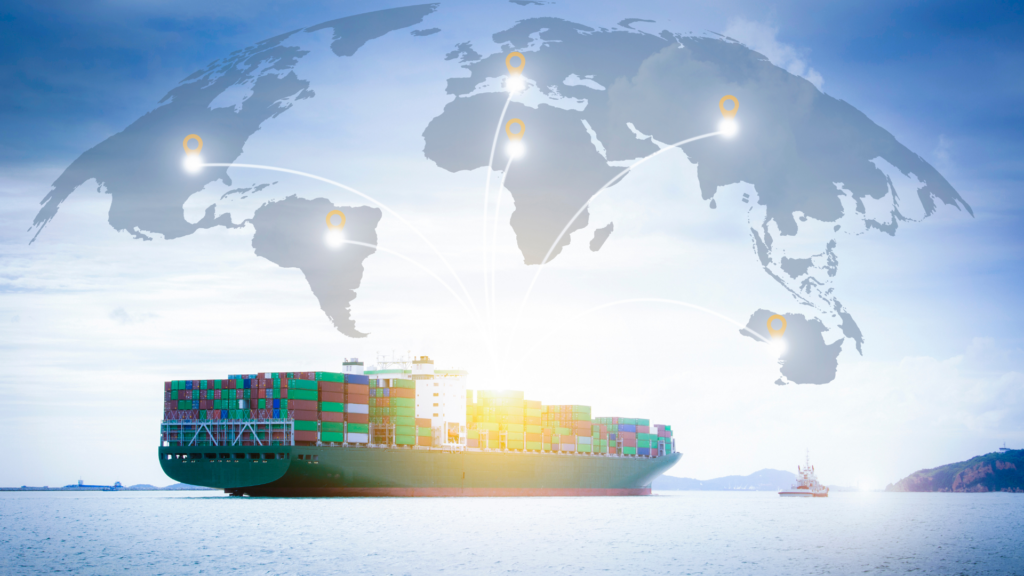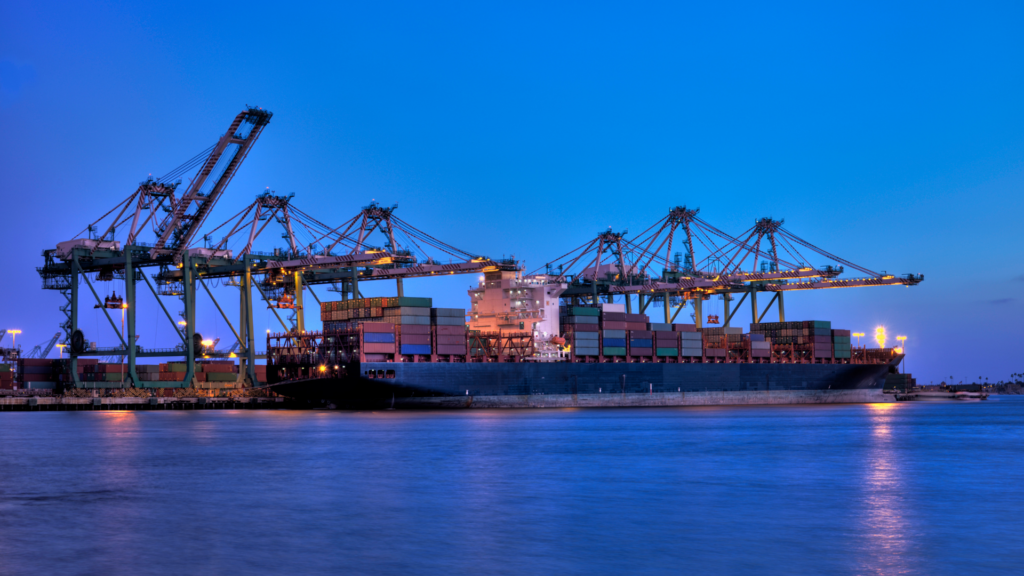Global Shifts, Effects of China Plus One, and West Coast Capacity.
Your weekly All-Ways round-up of Supply Chain news.

Shifts in Shipping
🌊 Ships are being diverted away from the Red Sea to avoid attacks on ships via the longer route of the Cape of Good Hope causing major disruption to the nearly 50 ships passing through the Suez Canal daily and about 10% of world trade routing through the region.
🌊 The drought in Panama is causing restrictions to the canal that connects the Atlantic and Pacific oceans. Around 6% of world trade or roughly 14,000 vessels a year pass through the canal. With the alternative Suez Canal no longer a viable option, shippers are facing severe issues ensuring their cargo arrives on time.
🌊 Tensions between China and the US are causing some to worry about a disruption in the Taiwan Strait. With 240 ships passing daily to and from Taiwan, South Korea, and China, an escalation of conflict could result in the disruption of global trade.
Shifts in Trade
With many retailers and shippers sourcing goods from other countries, the US-bound share of Chinese ocean containerized goods fell to an all-time decade low of 39.6% or around 9.6 million TEUs.
China Plus One, geopolitical issues, friendshoring, nearshoring, and new tariffs are all affecting how much goods are being imported from China to primarily Southeast Asian countries. Many are investing in expanding infrastructure and growing the logistic network to make the region more accessible and favorable.
➡️ US importers are avoiding Taiwan because of tensions between China and the US over the island.
➡️ South Korea experienced the biggest gain in its share of US imports
➡️ US share of imports from India also saw significant growth
➡️ Vietnam’s share of US imports has remained the same
➡️ Germany had a slight increase in its share of US imports
In general, total US imports slipped 12.9% because of shifts towards services and because of high inventory.

Shifting to West Coast
Pre-Lunar New Year in January 2022 saw 109 vessels at its peak anchored at the Port of Los Angeles and Long Beach. Today, there are no anchored vessels and fewer vessel arrivals for this period pre-Covid.
No backlogs or major influxes of vessels arriving allows the port to manage peak season efficiently, making it favorable for retailers and importers to move discretionary cargo diverted to the East and Gulf Coast ports during the longshore labor negotiations to shift back to the West Coast. Plus, factors like full warehouses, rail ramp congestion, and shortages of chassis are non-existent post-pandemic.
Even if more cargo shifts to the West Coast because of the drought in the Panama Canal or because of the Houthi rebel attacks in the Red Sea, the West Coast ports are operating at capacity utilization at 70% for LA/LB, 60% for Oakland and under 60% for Seattle-Tacoma so there’s plenty of space to handle a surge. With newer technology and better systems in place, ports on the West Coast are better equipped to handle more than their designed capacity.

